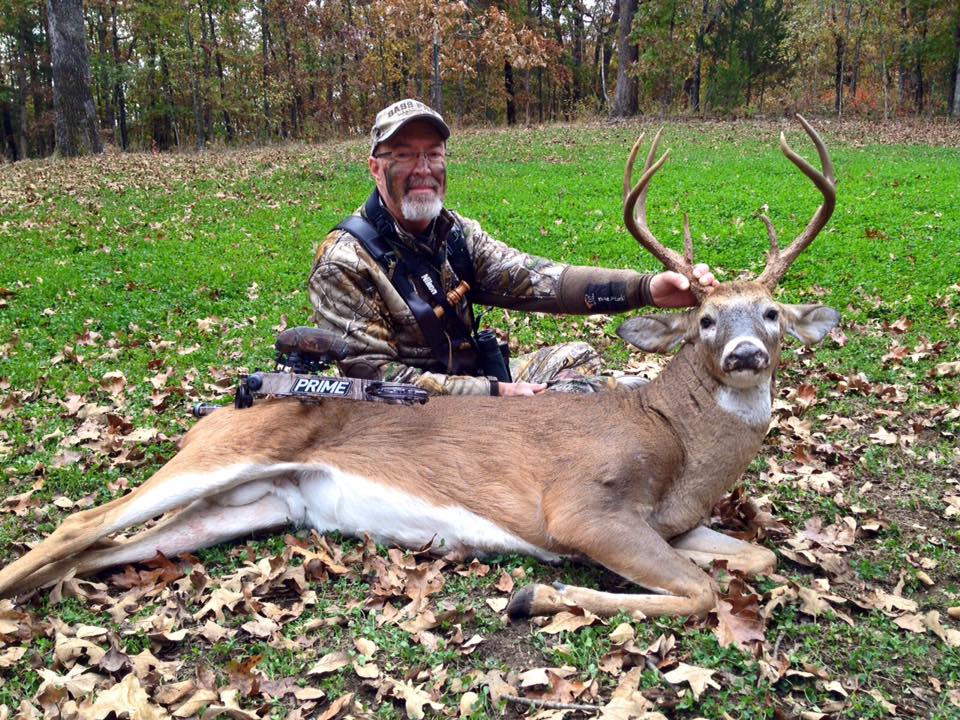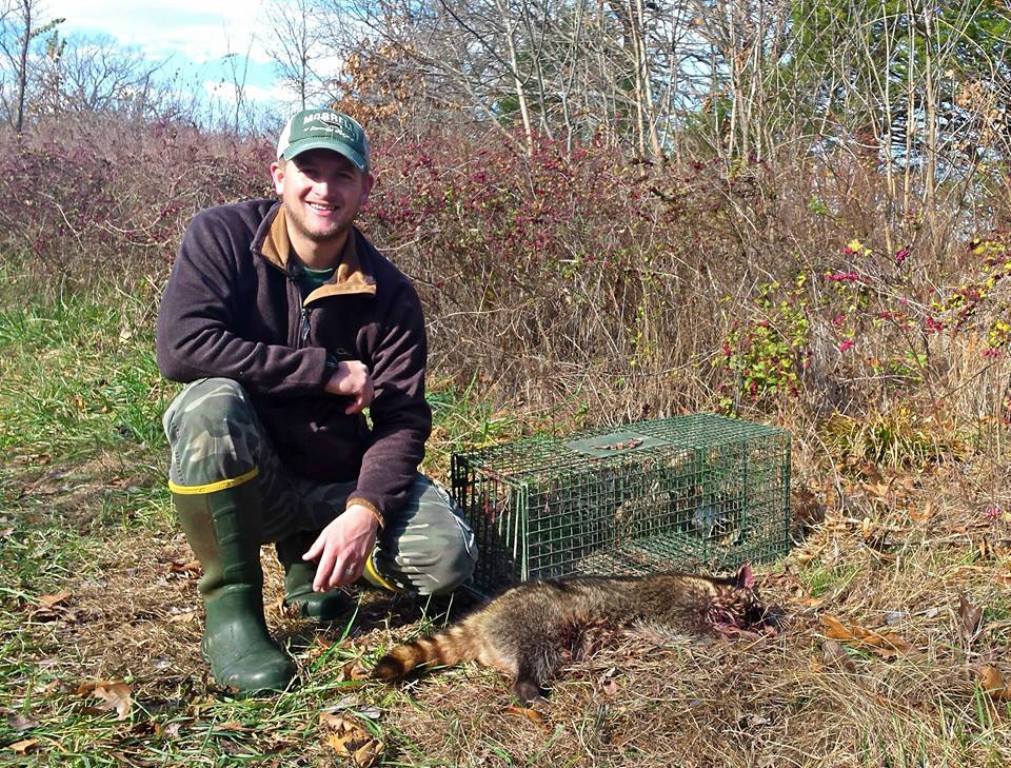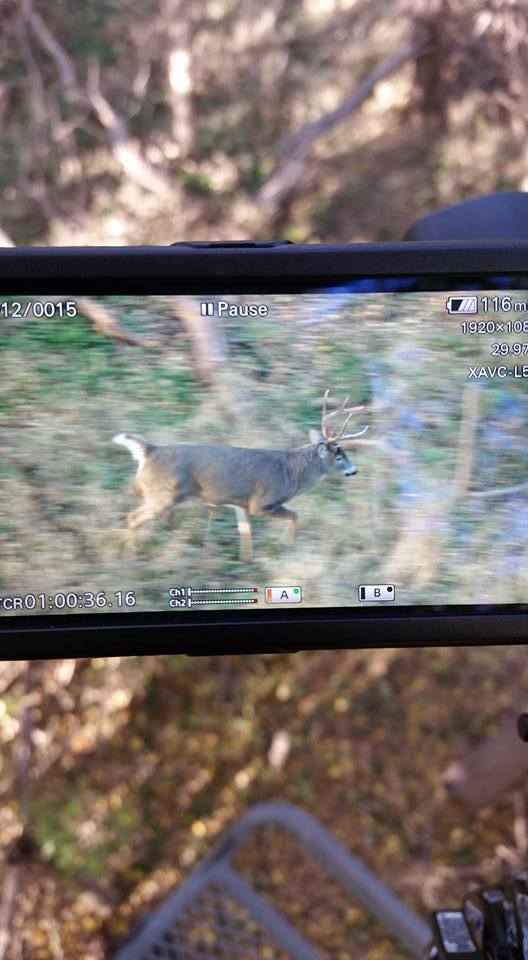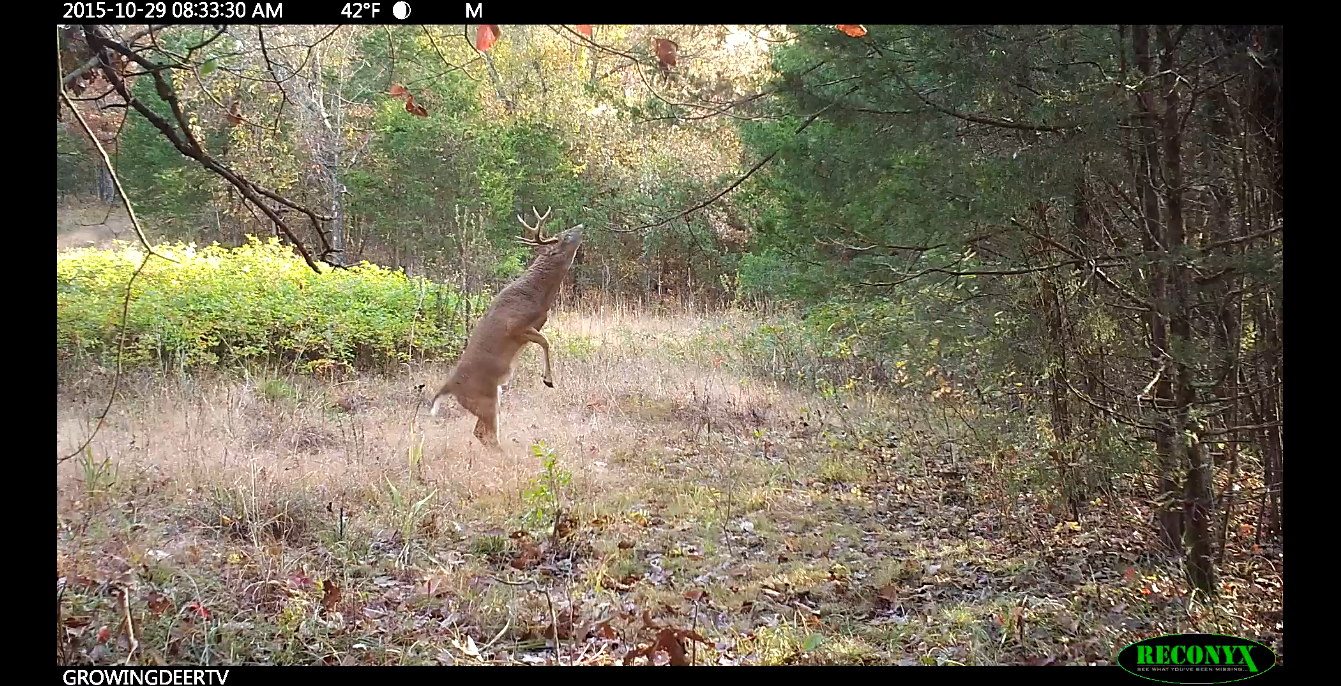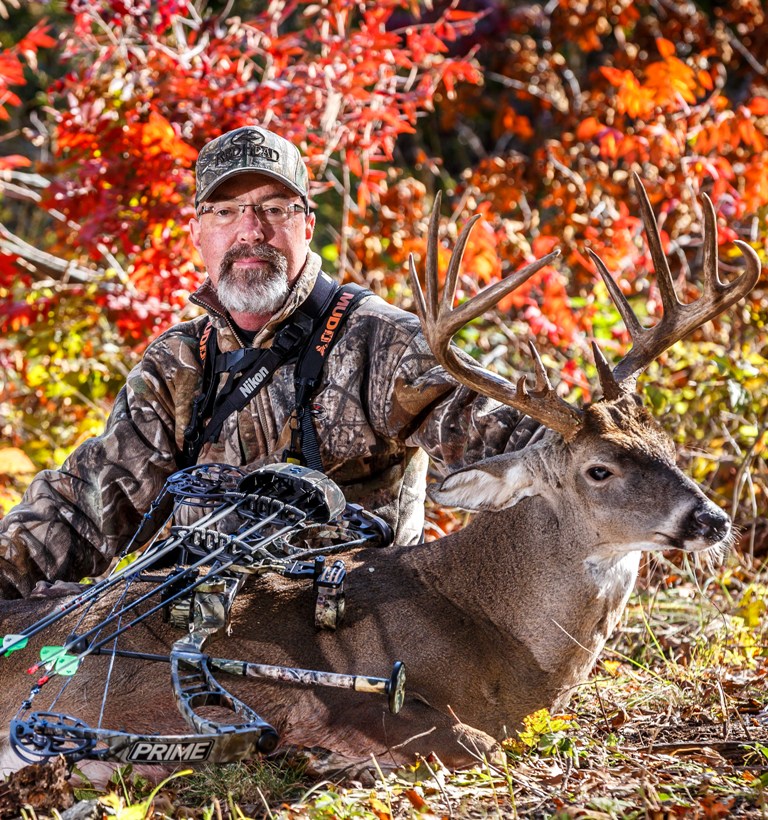At this time of year we frequently are asked questions related to how to handle a deer after harvest. Answering these questions can cause a bit of controversy because the way we process our deer after harvest is different from the way many hunters have traditionally been taught. Each region of the country has different methods on how they age and store their venison. What we do works for us, is simple, inexpensive, and provides good quality meat.
The basic answer to the “how long” and at “what temperature” questions is to remind hunters to use common sense. If you’re hunting in the southern portion of the United States on a warm day (70 degrees or higher) you don’t want to leave the deer in the heat and sunlight for very long. Hunters harvesting deer in colder climates will have a longer window before having to worry about getting the deer field dressed and in the cooler. In colder regions hunters have to worry that their deer might freeze in the field, which means the meat will not spoil but freezing may toughen it up.
We don’t field dress our deer. There are three reasons for this: we are close to our “skinning shed” so there is minimal time added for transport after harvest; cleanliness – this eliminates any concerns over the exposed meat getting dirt or debris on it in the field; and the need to collect “data” on the deer. After retrieving the deer we bring it back to the shop for weighing. We have a wench that pulls the deer up on a hanging scale. The weight of the deer is part of the data collection that is used to analyze the health of our local deer herd. (After all, Dr. Woods is a wildlife biologist. Gathering data is as critical to him as actually harvesting the deer!) To learn more about the data that Dr. Woods likes to have collected, click HERE.
After weighing the deer it is eviscerated using the technique shown in this video. There is a plastic tub (gut bucket) placed below the deer so that the innards can be cutaway and dropped cleanly into the tub. During this process it is important to pay attention to sanitation – keep your knife clean, try not to bust the rumen or intestines, etc.The next step is to skin the deer to get to the meat. Here’s a video where you can see the guys in the process of skinning one out.
If you’ve harvested a trophy buck and want to cape it out we have a good instructional segment that begins at the five minute mark in this video.
Removing the meat is the next step. We cut out each individual muscle which is very easy and makes for better tasting meat. Watch this video to see the step by step process.
After removal, we store the meat on ice in clean coolers for up to four days. The length of time to keep it on ice is arbitrary. We do not attempt to age the deer meat. It’s just not practical given that we do not have a walk-in cooler or second refrigerator. Nor do we think the meat is improved by aging. The Clemson University Extension explains it well: “Do not age any game carcass if it was shot during warm weather and not chilled rapidly, if the animal was severely stressed prior to the kill, if gunshot areas are extensive, or if the animal was under 1 year of age. Aging is not recommended for carcasses with little or no fat covering because they may dry out during aging, and are more susceptible to deterioration through microbial growth. If the meat will be ground into sausage, aging is unnecessary.”
Next, we bring the meat into the kitchen for further processing: removing the fat and connective tissue (the long streaks of white/silvery tissue running in and around the various muscle meat groups). The connective tissue is one of the primary culprits that make wild game tough or have an unpleasant “gamey” taste.
Once the connective tissue is removed, it’s easy to further process the meat into steaks or put it into the grinder. The final step is vacuum packaging the venison. Many years ago we wrapped the venison in butcher/freezer paper but found that it would often get freezer burn after 8 months. With vacuum packaging we rarely have any issues with freezer burn.
The Clemson University Cooperative Extension has produced a well thought out guide for hunters at this link. It is one of the best we’ve seen on the subject. I strongly encourage you to click through, read, and print it out for future reference.
No matter where you are or how you choose to process your deer meat, please make sure to follow basic sanitation and food safety practices. Remember, after the shot – it becomes meat for the table!
Growing (and eating) Deer,
Tracy Woods
